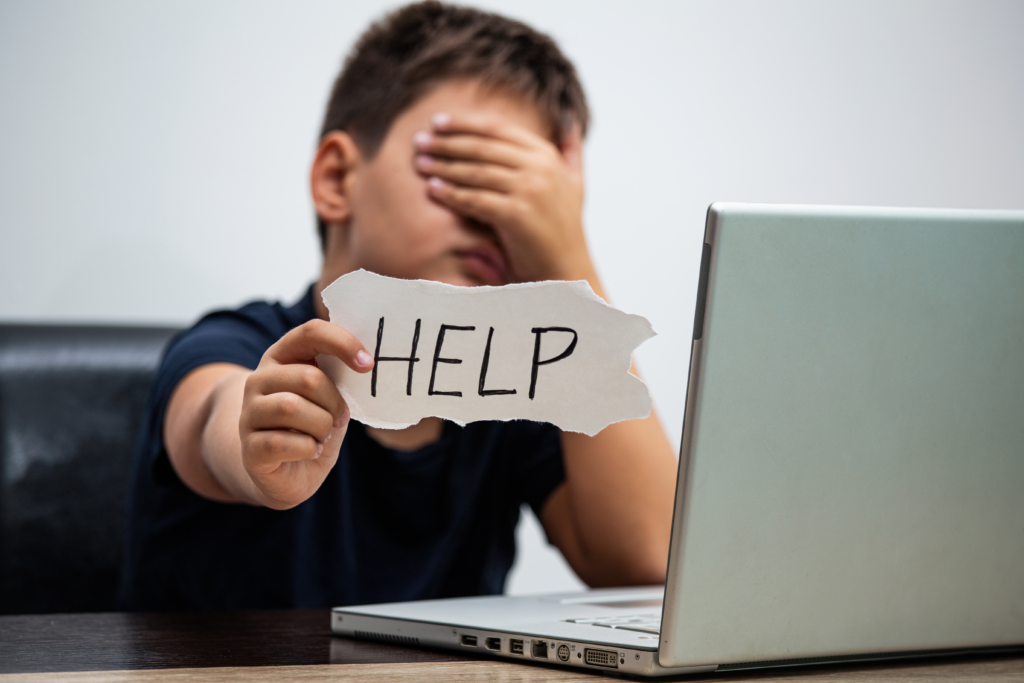What you need to know about
PREVENTING DANGERS ONLINE

SEXTING
Sexting refers to the act of sending sexually explicit messages, photos, or videos electronically, typically through text messages or messaging apps. It can involve anything from suggestive language to explicit images or videos. It’s important to note that there can be legal and social implications, especially if the participants are underage or if the messages are shared without consent.

CYBERBULLYING
Cyberbullying is a form of bullying that takes place over digital devices like cell phones, computers, and tablets. It involves using technology, such as social media, text messages, emails, or online forums, to harass, threaten, embarrass, or intimidate someone. Cyberbullying can take many forms, including spreading rumors, sharing embarrassing or manipulated photos or videos, sending threatening messages, or excluding someone from online groups or conversations.
The anonymity and widespread reach of the internet can make cyberbullying particularly harmful, as it can be difficult for victims to escape or find relief from the harassment. It can have serious consequences for the mental health and well-being of those targeted, leading to anxiety, depression, and even suicide in extreme cases.

HUMAN TRAFFICKING
Human trafficking is a form of modern-day slavery that involves the exploitation of people through force, fraud, or coercion for the purpose of forced labor or commercial sexual exploitation. It is a grave violation of human rights and can take various forms, including: sex trafficking and labor trafficking.
Traffickers often prey on vulnerable individuals, including those facing poverty, homelessness, discrimination, or lack of opportunities. They use various tactics to control their victims, such as physical violence, manipulation, debt bondage, threats against the victim or their family, and confiscation of identity documents.

